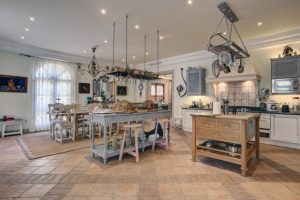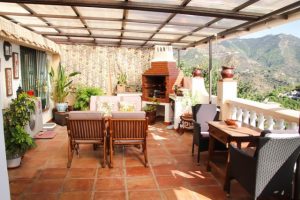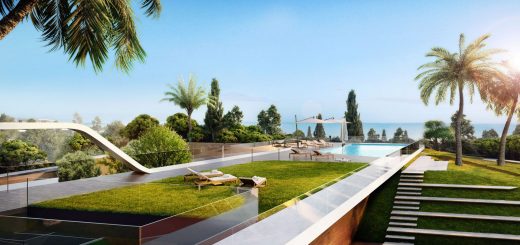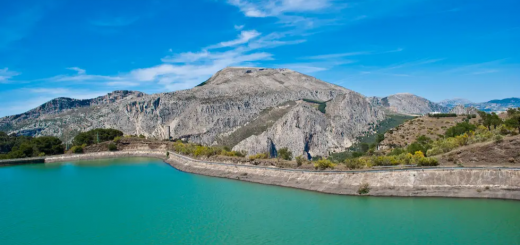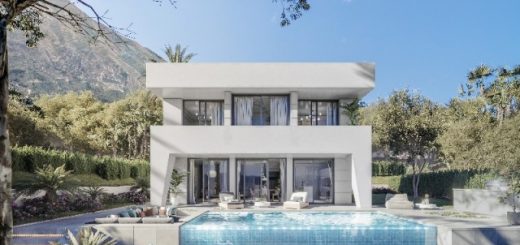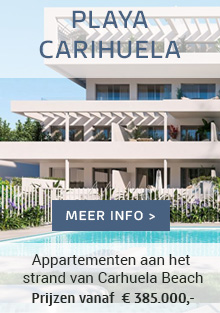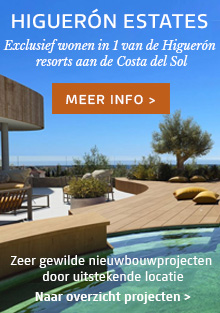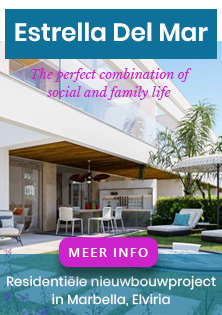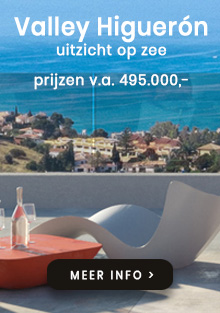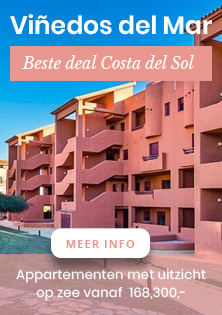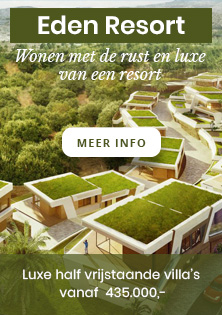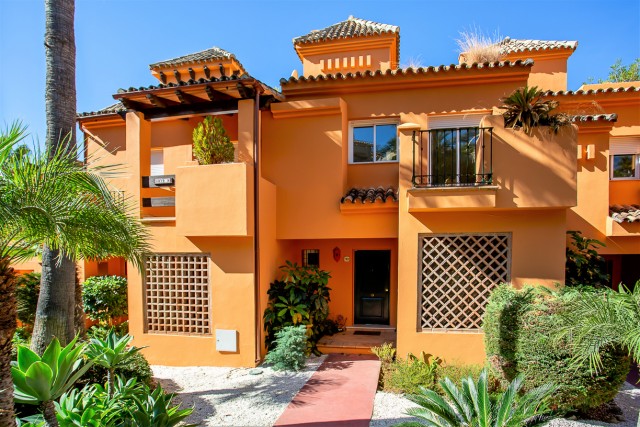
A Spanish interior & exterior
The Costa del Sol: a place where the sun almost always shines, the smell of paella wafts through the cosy streets, where the people are friendly and you can enjoy a lovely siesta. An increasing number of foreigners are drawn to the warmth of Spain. The country has a lot to offer, including the beautiful Mediterranean houses, but how do you create a nice Spanish interior?
Interior
Spain is filled with authentic houses with aged materials. Terracotta pots, old wooden accents, warm colours, picturesque shutters, etc. characterise the cosy houses. The fact that the houses have shutters is not only very beautiful, but also practical. In the summer, temperatures can rise steeply; the shutters allow the residents to keep the sun out. On colder winter days, however, the Spaniards light the fireplace for a cosy evening at home.
Colours
While in the Netherlands many artificial and bright colours are used, in Spanish houses you will find warmer and natural colour accents. Because of this, the interior beautifully merges with the garden, where the Spaniards naturally spend a lot of time. The Spanish colour palette takes its inspiration from, among others, the colours of the sun, such as mustard yellow, orange, red and, of course, terracotta. The interior walls, for example, are often painted mustard yellow. The colours are also inspired by the Mediterranean sea such as ecru, beige, white, azure, dark blue and green.
Materials
Like the colours, Spanish houses often use natural and high quality materials that are durable. For example, you can combine high-quality fabrics (such as woven tapestries) with robust materials such as wood and stones. The terracotta colour is reflected here in the stones and beautiful pottery. Moreover, the houses are often finished with wrought-iron accents, such as the banister, but also candlesticks or side tables.
Furniture
The furniture is usually made of solid wood, for example oak tables and chairs. They are finished with small details, such as carvings and varnished surfaces. A little variety in wood types ensures that the wood is not too present and you get a beautiful interior.
Floors
For the floors, the typical terracotta Spanish tiles are often used. These can be obtained from small family businesses and are produced in a traditional way. The tiles are treated with oxane oil, which gives them a shiny appearance and makes them very easy to maintain! The terracotta colour again creates a cosy and warm atmosphere. If you are more of a minimalist, choose a plain floor in a terracotta colour. Are you more of a maximalist? Then make a nice pattern in the floor with the tiles. You can change the pattern in each room, or have the pattern continue throughout your entire home. This way, the floor forms the basis of your interior and you can work with more basics in the rest of your interior.
Another fun tip: get a lemon tree in your house
Lemon trees can be found all over the Costa del Sol: in the countryside or in gardens. Along with the olive, the lemon is one of the most famous symbols of the Mediterranean. You can easily bring this atmosphere into your home by placing a lemon tree in a terracotta pot. It is a real eye-catcher and above all, you always have lemons available!
Exterior
Many Spanish houses have a white or terracotta colour on the outside, this is ideal to keep the sun out, but it also gives a beautiful appearance between the green palm trees. In addition, most Spanish houses have a garden or a terrace, as Spaniards live outside more often due to the warm temperatures. This allows natural fruit and nut trees to flourish and thus they are present in the Spanish gardens. Furthermore, the houses are often equipped with a good barbecue and an outdoor kitchen, where in summer the whole family can cook.
–
In our blog you can read much more about living in the south of Spain. Don’t hesitate to check out our other blogs for great tips and handy facts about the Costa del Sol.

